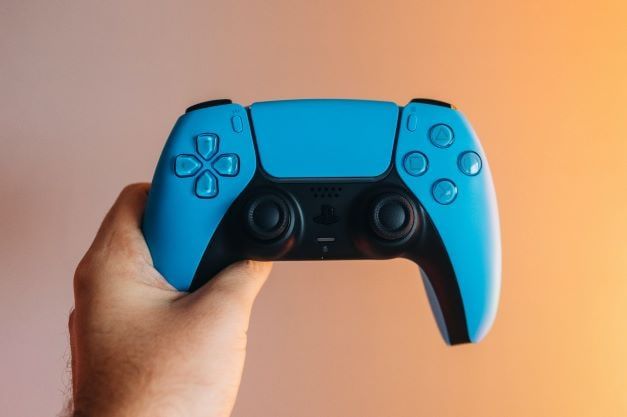Videogames contribute to the rehabilitation of patients with CVD
Scientists presented advances in four video games that are in the testing phase, which contribute to the recovery of cognitive and motor function in patients with Cerebral Vascular Disease (CVD).

Scientists from the Laboratory of Research and Development of Interactive Applications for Neuro-Rehabilitation (LANR) of the Institute of Cellular Physiology (IFC) of the UNAM, presented advances in four video games that are in the testing phase, which contribute to the recovery of cognitive and motor function in patients with Cerebral Vascular Disease (CVD).
This, according to Yoás Saimon Ramírez Graullera, Master in Computer Science and Programmer of Interactive Applications for Neuro-rehabilitation at the IFC, who spoke at the Brain Week 2022.
Cerebral Vascular Disease is the second leading cause of death and the first cause of acquired disability in adults worldwide, according to the World Stroke Organization 2020. The average age of cases in Mexico is 73 years, attributable to physiological changes in vascular structures.
Seventy-five percent of survivors will have sequelae throughout their lives. The epidemiological transition will cause 30 million cases each year, and 200 million survivors in the world by 2050. These university developments are tested on patients at the "Manuel Velasco Suárez" National Institute of Neurology and Neurosurgery.
The video games are: "Charlie's Escape", which deals with hand opening movements; "Penal Madness", which focuses on shoulder mobility; "Topocrisis" which is aimed at wide and safe wrist movements; and "Sandwichmania", which focuses on thumb work.
This is because the main consequences and complications after CVD are hemiplegia (paralysis of half of the body), as well as spasticity (muscle tension) in the elbow, wrist, or fingers. In addition to cognitive deficits in attention, memory, executive functions, and visuospatial orientation, among others.
Virtual rehabilitation is a type of treatment that is generally applied through formal games, in conjunction with position and movement sensors. Some of the proven benefits are improvement of motor learning by integrating multiple sensory processes, together with cognitive processes.
Advancement in neuroplasticity is the ability of the Central Nervous System to modify its structural and functional organization to adapt to the environment; that is, a repetitive action reinforces the establishment and strengthening of new neural pathways.
"This telerehabilitation with video games enables greater independence, increases the level of motivation, and generates a greater attachment to the therapy, in addition to having the possibility of personalizing the exercises and feedback, and being able to perform different measurements that help to improve the evaluation of the patient's performance," Ramírez Graullera emphasized.
The university engineer clarified that these digital tools do not replace conventional rehabilitation and, although they are in an experimental phase, they show results.
Patients are trained to use the video games with the help of family members, and every week a video report is reviewed on how they are playing and if they are doing it properly. These artifacts "are learning machines and always stimulate problem-solving, working memory, and with that alone, in a general way the cognitive function and the motor part is worked on."




